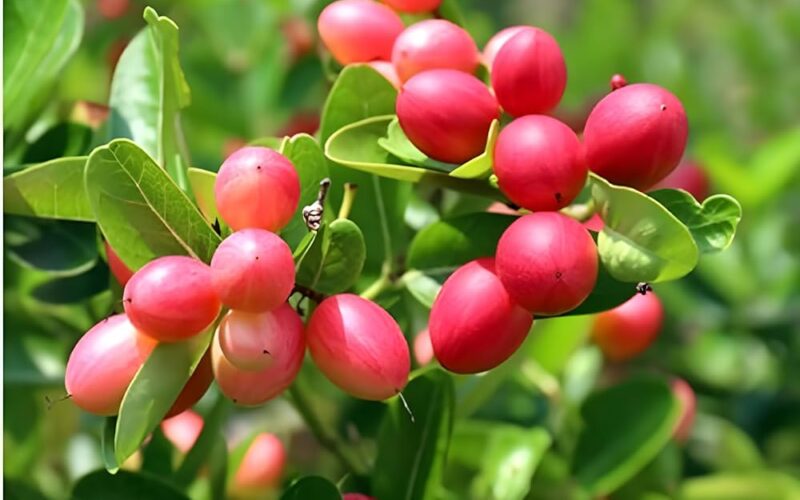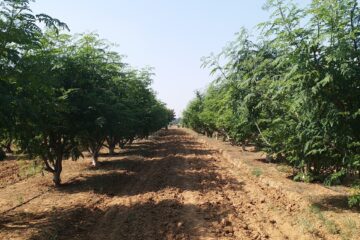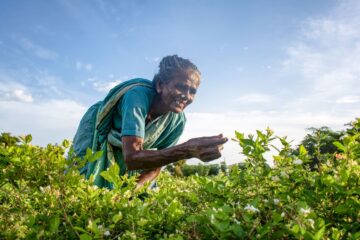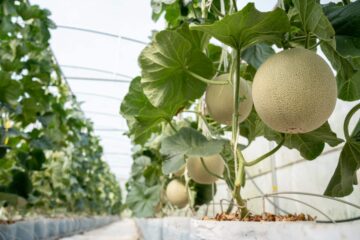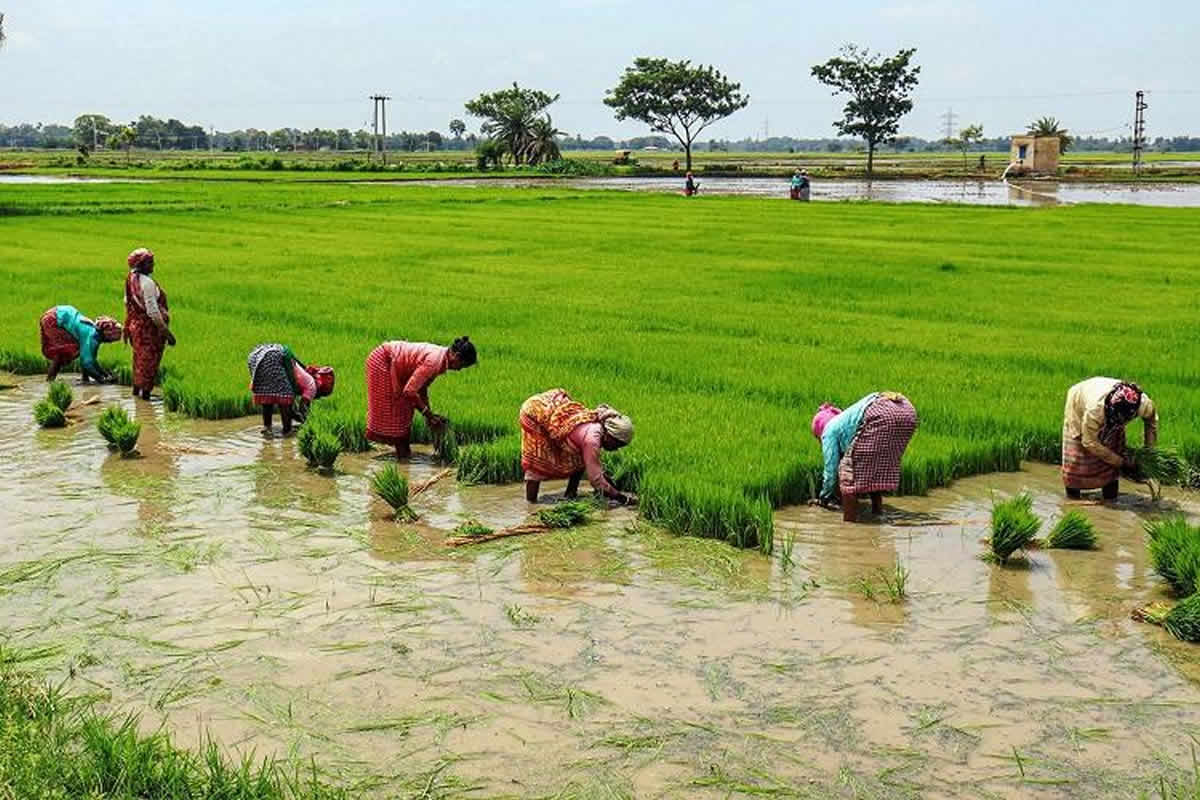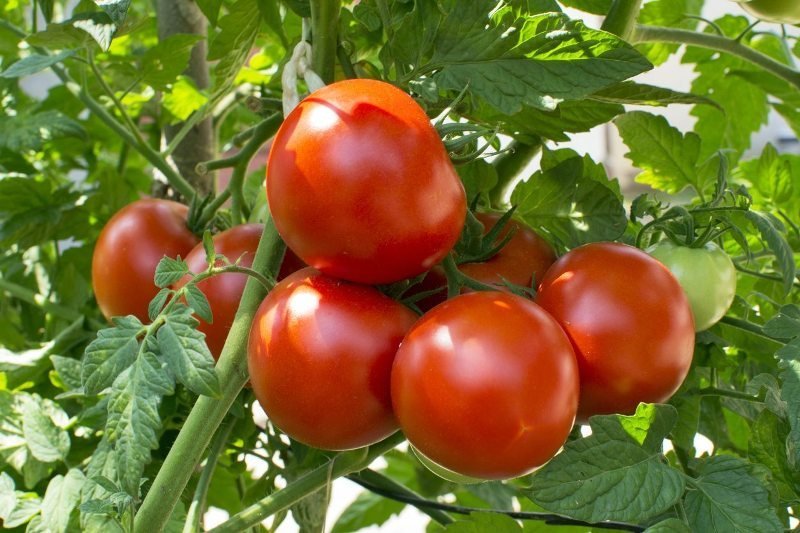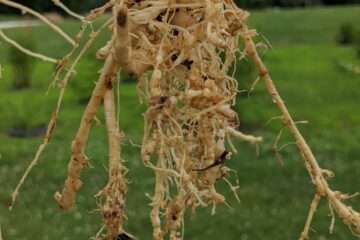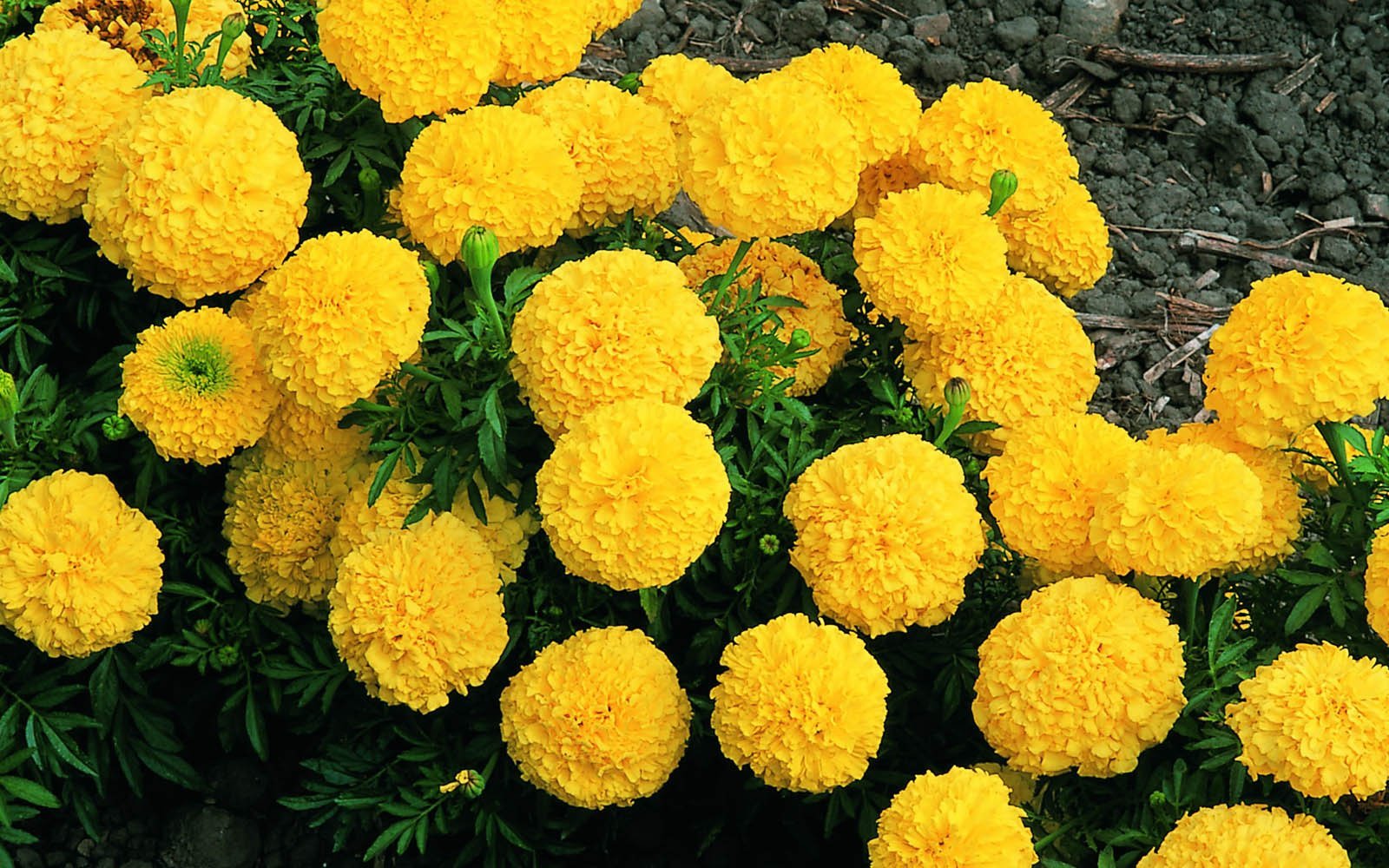Karonda, scientifically known as Carissa carandas, is commonly referred to as the Bengal currant tree. It is indigenous to India and thrives in moderate climatic conditions. This plant can grow up to an altitude of 1,600 feet above sea level.
Types and Characteristics
Karonda plants can be categorized into two types: a shrub and a tree. The shrub variety grows up to three feet, while the tree variety can reach a height of 15 feet. The plant features dense green leaves and blooms with white flowers during March and April, making it a significant source of nectar for bees. Due to its dense foliage, the karonda plant serves as a windbreak, dust filter, and air purifier. It is also an ornamental plant suitable for gardens, road sides, and house fronts.
Nutritional Value
Karonda is rich in essential nutrients. Every 100 grams of karonda contains:
- Manganese: 2 mg
- Soluble fiber: 0.4 g
- Fiber: 1.6 g
- Water: 80.14 g
- Iron: 10.33 g
- Potassium: 81.26 g
- Zinc: 3.26 g
- Copper: 1.92 mg
- Vitamin C: 51.27 mg
The fruit is a mix of sour and sweet flavors and is packed with vitamins A and C. Due to its high iron and mineral content, it helps reduce high blood pressure and diabetes, improves vision, enhances appetite, and controls bile. Karonda can also be used to make pickles.
Cultivation
Karonda grows well in sandy, dry soil and can be planted in June and July. Maintain a spacing of 2 meters between rows and plants. The fruits should be kept for two days to soften. After that, they can be mashed in water to separate the seeds, which will sink to the bottom. These seeds can then be treated with ash, red soil, phosphorus bacteria, or azospirillum before planting.
Seed Treatment and Planting
Mix the treated seeds with one part decomposed manure, two parts sand, and red soil, and plant three seeds per polyethylene bag. Water the seedlings every other day for a month. Once the seedlings grow to a height of one foot, they can be transplanted.
Pit Preparation
Dig pits of one-foot length, width, and depth for planting. Allow the pits to sit for a day before filling them with a mix of decomposed manure and topsoil. Plant the seedlings in the center of the pits.
Maintenance
After planting, water the seedlings immediately. Water them once a week thereafter. Remove side branches up to two feet from the base of the plant, as well as any dried or diseased branches.
Harvesting
Karonda fruits are ready for harvest in August and September. Each tree can yield 2-4 kilograms of fruits.
Dr. P. Jaishankar, Assistant Professor of Horticulture, Father Rover Agricultural College, Perambalur

